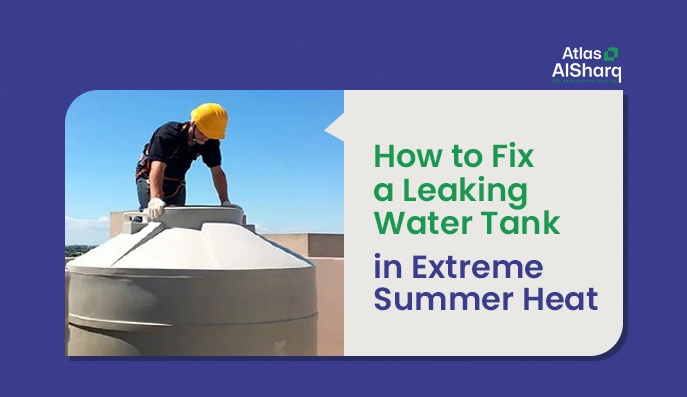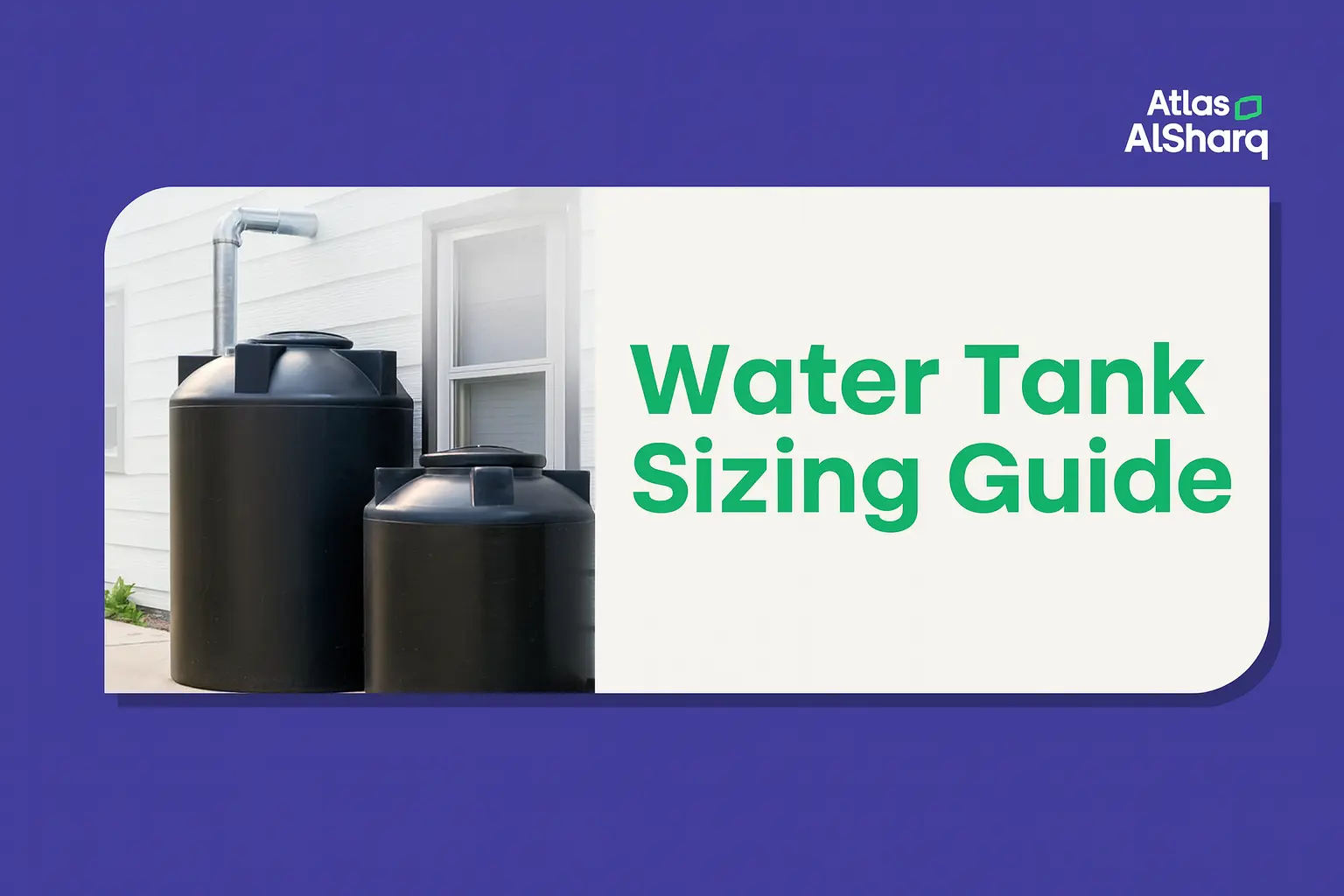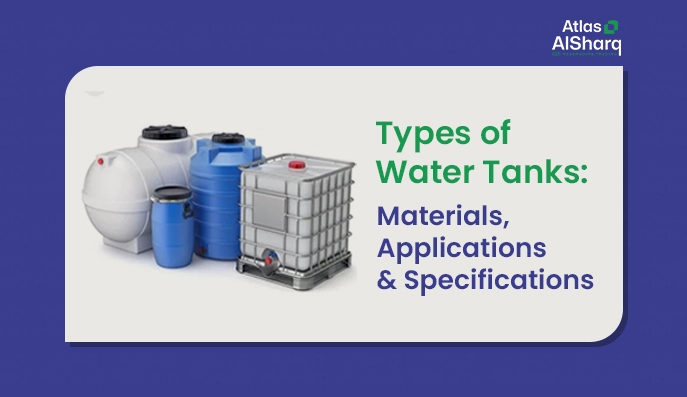How to Fix a Leaking Water Tank in UAE’s Extreme Summer Heat
July 7, 2025
|Water Tank

When the UAE summer heat peaks at 50°C, your water tank becomes your lifeline – but it’s also when it’s most vulnerable to damage. Water tank leakage during summer isn’t just inconvenient; it’s a critical issue that can lead to water shortages, property damage, and skyrocketing utility bills.
Understanding how to fix a leaking water tank in summer conditions requires specialized knowledge of how extreme temperatures affect different tank materials. Whether you’re dealing with summer expansion tank cracks or wondering why water tanks develop cracks during the hottest months, this comprehensive guide provides the water tank leakage solution UAE property owners need to protect their most vital resource.
Why Water Tanks Develop Cracks in UAE’s Climate
The UAE’s desert climate puts unique pressure on water storage systems. According to the UAE National Center of Meteorology,tanks are exposed to cycles of rapid heating during the day and cooling at night, creating thermal expansion and contraction. Over time, this weakens tank structures and causes leaks.
Key causes of water tank leakage include:
- Summer expansion tank cracks – materials expand in extreme heat and contract at night.
- UV radiation damage – prolonged sun exposure weakens plastic and composite tanks.
- Joint and valve failures – connections expand and loosen with heat.
- Foundation settling – extreme ground temperatures shift bases, leading to bottom leaks.
Key Tip: Regular maintenance, including water tank cleaning, is crucial to prevent issues like algae growth and sediment buildup, which can worsen leaks.
Common Water Tank Leak Issues in UAE
- Tank bottom leakage – often from ground movement or pressure.
- Overhead tank leakage – rooftop tanks directly exposed to the sun expand and crack faster.
- Underground leaks – harder to detect, often discovered through damp soil or water loss.
- Pipe and valve connection leaks – fittings loosen under heat stress.
- Constant dripping or joint leaks – early warning signs of bigger problems.
Ignoring these issues can quickly turn a small crack into a major failure. For comprehensive property maintenance that includes early leak detection, consider Atlas AlSharqs facility management services.
How to Fix a Leaking Water Tank in Summer
Step 1: Tank Leak Detection Services
Before attempting repairs, identify the leak source through professional assessment. Atlas AlSharq’s plumbing experts can provide thorough inspection services:
- Check for visible cracks on tank walls
- Inspect tank bottom for pooling water
- Examine all pipe connections and joints
- Look for water stains or damp areas around the tank base
Step 2: Temporary Emergency Fixes
For immediate water conservation:
- Apply waterproof sealant to small cracks
- Use plumber’s putty for minor joint leaks
- Install temporary patches on plastic water tank holes
Step 3: Permanent Repair Solutions
Overhead Tank Leakage Repair
- Drain the tank completely
- Clean and dry the damaged area
- Apply epoxy-based repair compounds for structural cracks
- Reinforce with fiberglass mesh for larger damages
Underground Water Tank Leak Fixes
- Excavate around the damaged area
- Apply waterproof membrane coatings as specified in Dubai Municipality’s water storage guidelines
- Install proper drainage systems to prevent future issues
How to Stop Water Tank Leaking from Bottom
- Remove debris and clean the tank bottom
- Apply specialized bottom sealants
- Consider installing a protective liner
- Ensure proper tank support to prevent future settlement
Prevention Strategies for UAE Conditions
Regular Maintenance Schedule
- Monthly visual inspections during summer months
- Quarterly professional assessments
- Annual comprehensive maintenance checks
- Schedule water tank maintenance UAE during cooler morning hours
Protective Measures
- Apply reflective coatings to reduce heat absorption
- Ensure proper insulation around tank connections
- Use high-temperature resistant sealants and repair compounds designed for extreme heat conditions.
- Install flexible connections to accommodate summer expansion tank cracks and prevent future damage.
Environmental Considerations
- Position tanks to minimize direct afternoon sun exposure
- Maintain adequate ventilation around tank areas
- Install temperature monitoring systems for early warning
For integrated maintenance solutions that cover all your property’s water systems, explore Atlas AlSharq’s comprehensive maintenance packages.
When to Replace vs Repair Leaking Tank
Repair When
- Cracks are localized and less than 6 inches long
- Tank structure remains fundamentally sound
- Repair costs are under 40% of replacement value
- Tank age is less than 10 years
Replace When
- Multiple cracks appear simultaneously
- Tank bottom shows extensive corrosion
- Previous repairs have failed repeatedly
- Professional water tank leak detection reveals structural compromise
When replacement becomes necessary, selecting high-quality tanks designed for UAE’s climate is crucial. Atlas AlSharq offers premium water storage solutions specifically engineered to withstand extreme temperatures and UV exposure.
Read More: Knowing the type of your water tank helps determine the best repair method, as GRP, plastic, and concrete tanks have different maintenance requirements.
Professional vs DIY Approach
While basic maintenance tasks can help identify issues early, water tank crack repair in UAE’s extreme conditions requires specialized expertise and professional-grade materials.
Why Professional Service is Essential:
- Complex structural repairs need specialized equipment
- Tank bottom leakage fix often requires excavation and advanced techniques
- Water tank joint leakage in pressurized systems demands certified expertise
- Professional water tank leak detection uses advanced technology to identify hidden damage
- Warranty protection ensures long-lasting solutions
For expert guidance on water system maintenance and repairs, Atlas AlSharq’s experienced technicians provide reliable solutions backed by industry expertise.
Conclusion
Successfully managing how to fix a leaking water tank in summer requires understanding UAE’s unique climate challenges and implementing proper solutions before minor issues become major problems. Whether addressing overhead tank leakage repair, underground water tank leak issues, or determining when to replace vs repair leaking tank systems, professional expertise ensures optimal results.
Atlas AlSharq’s comprehensive water tank services combine advanced leak detection technology with proven repair techniques designed for UAE’s demanding climate. Our experienced team understands how summer heat affects different tank materials and provides solutions that prevent recurring issues.
Don’t compromise your property’s water security during critical summer months. Explore Atlas AlSharq’s professional water tank maintenance and repair solutions to ensure your water storage system performs reliably year-round.
Frequently Asked Questions?
Why do water tanks leak more frequently during UAE summer?
UAE’s extreme summer temperatures (often exceeding 50°C) cause thermal expansion and contraction cycles that weaken tank materials. The intense heat makes plastic tanks brittle, expands metal components, and loosens joints and connections, leading to summer expansion tank cracks and increased leakage issues.
How can I tell if my water tank is leaking?
Common signs include visible water stains around the tank base, unexplained increases in water bills, damp soil around underground tanks, constant refilling needs, and visible cracks on tank walls. Professional water tank leak detection services can identify hidden leaks using advanced technology.
Can I fix a leaking water tank myself?
While minor surface cracks and joint leaks might seem manageable, water tank crack repair in UAE’s extreme conditions requires professional expertise. Complex repairs need specialized equipment, heat-resistant materials, and certified techniques to ensure long-lasting solutions.
How long do water tank repairs last in UAE’s climate?
Professional repairs using UAE-climate-specific materials and techniques can last 5-10 years or more. The longevity depends on repair quality, tank age, maintenance practices, and continued exposure to extreme weather conditions.
What’s the best time to repair water tanks in UAE?
Schedule water tank maintenance UAE during early morning hours (5-8 AM) when temperatures are manageable. This timing allows repair materials to cure properly and provides safer working conditions for technicians.
Explore Our Range and Enquire Now for Expert Advice!
Create Smart Solutions With Us Today

